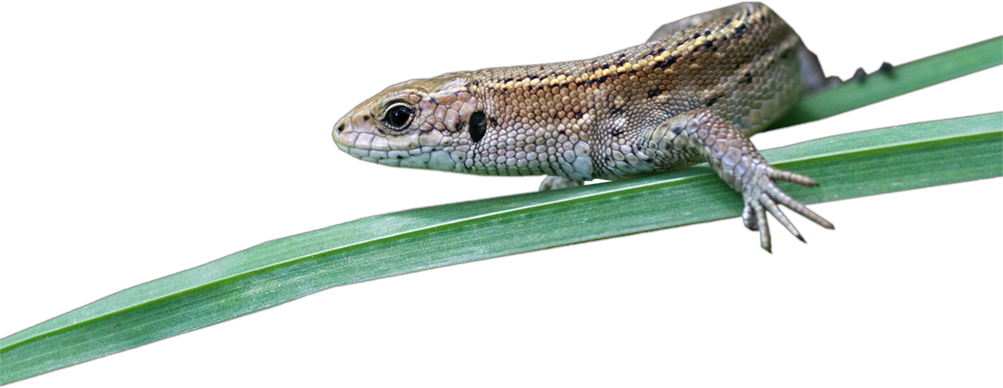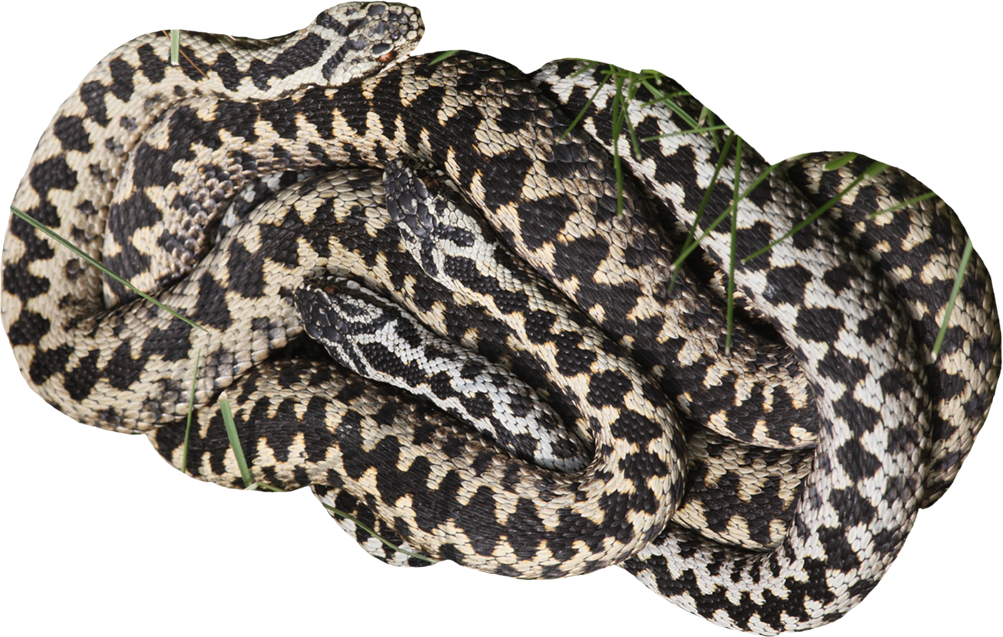Reptile hotspots and areas of suitable habitat were marked on a map to concentrate survey effort. Over 320 artificial refuges were deployed within the survey area and geo-located using GPS. The population estimate survey comprised 20 visits to both parts of the site using targeted transects in suitable habitats and artificial refuge searches. Geo-located counts of reptiles were made during each visit, including data on species, sex, life stage and environmental variables.
Our Advice
Habitats suitable for reptiles were widespread in the proposed nature reserve but more patchily distributed in the construction area. “Low” populations of slow worm and grass snake were recorded in the construction area but confined to a very small patch of scrub, rubble and grassland.
“Low” populations of slow worm and grass snake were also recorded in the proposed nature reserve, together with an “Exceptional” population of common lizard. The nature reserve meets the defined criteria for Key Reptile Sites developed by Froglife.
We concluded that the proposed translocation was an appropriate means of mitigating the impacts of development. The proposed nature reserve provided a range of reptile habitats of excellent quality, capable of meeting key life cycle requirements (including shelter, food and hibernation). We considered the potential for increased competition between the host and translocated populations to be low. The low numbers of slow worms to be translocated were likely to be easily accommodated within the nature reserve given the extent/quality of available of habitats and low extant population.
Notwithstanding this, we recommended a series of habitat enhancements within the proposed nature reserve to further improve its carrying capacity. These included creation of new hibernation and egg-laying habitats, management of encroaching scrub, and information boards for walkers and dog walkers.
We subsequently carried out the translocation using 110 artificial refuges in 0.16ha of habitat over 30 consecutive days of capture. We successfully caught 8 adult slow worms and 6 juveniles and moved them to suitable habitats within the nature reserve.
Outcome
The planning application was successfully granted consent. Following a destructive search to ensure that no reptiles remained within the development area, construction works are currently underway.
If you’re thinking of submitting an application for a site in your portfolio, and want to know the site’s ecological value or the implications for development, please contact us now.



